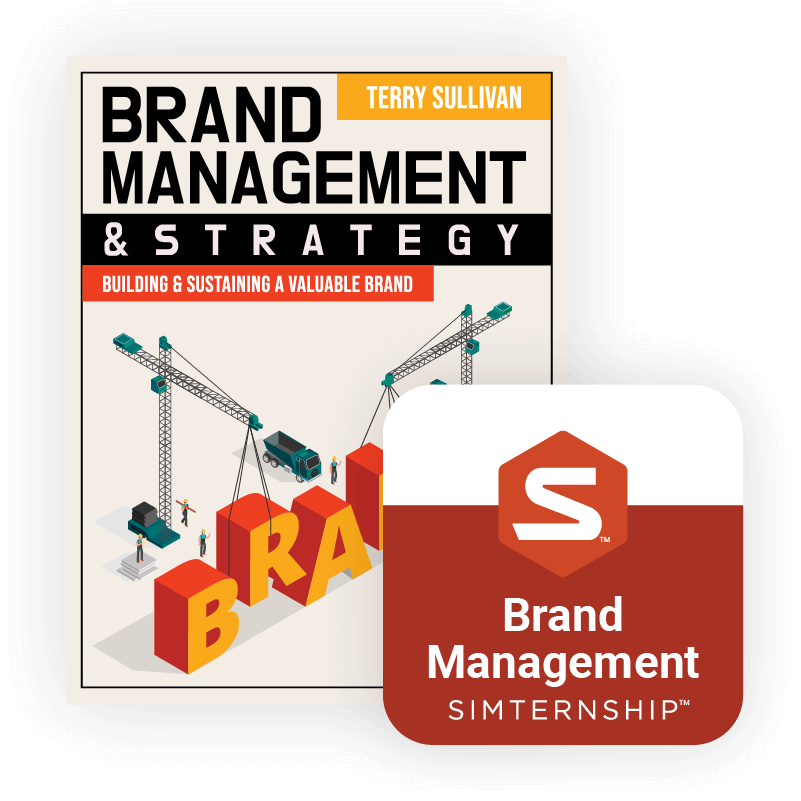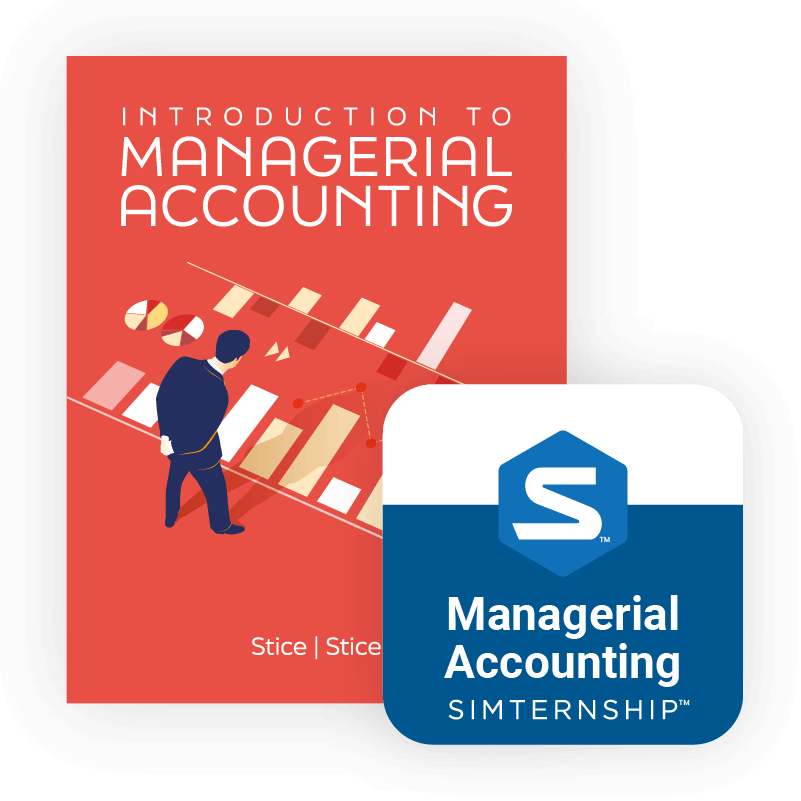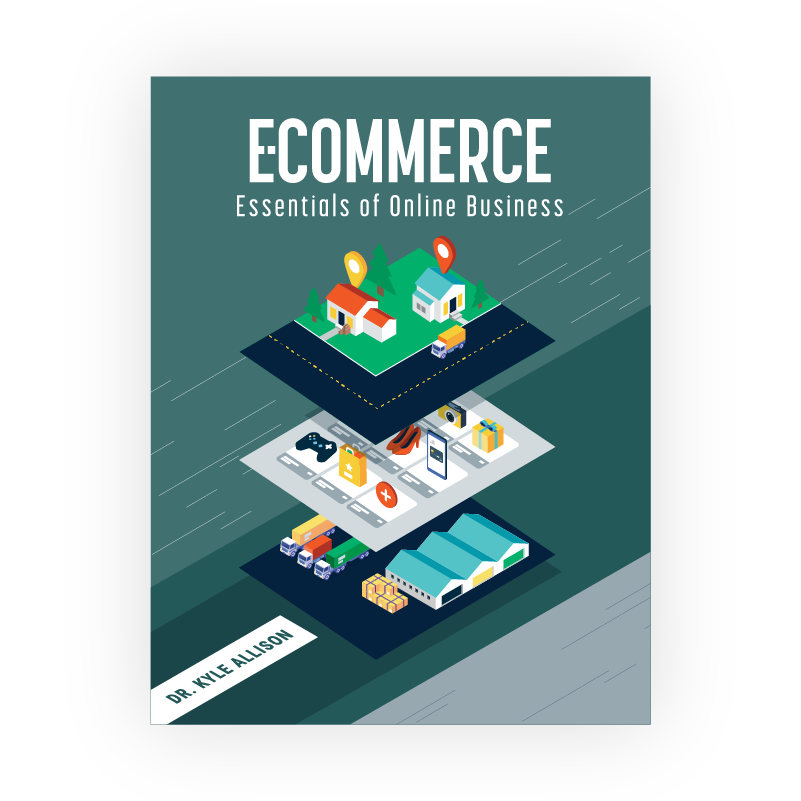Brand Management Key Learning Objectives
Take Students Beyond the Basics of Branding
Brand Management Roles
Students will gain an understanding of the roles, responsibilities, and skills in brand management.
Value Creation
Students will investigate how brands foster value creation through strategy, identity, relevance, and other important concepts.
Brand Positioning
Students will learn the strategies and importance behind brand positioning.
Brand Extension Types
Students will explain why brands use extensions and differentiate between extension types.
Brand Identity
Students will have opportunities to identify how brand identity supports the overall brand and business.
Internal Branding and External Branding
Students will understand the differences between internal and external branding.
Customer Engagement and Satisfaction
Students will recognize the importance of customer engagement and satisfaction behind a brand.
Measuring Brand Performance
Students will examine how brand performance is measured and apply a brand performance framework to existing business scenarios.
The Role of Communication
Students will examine the critical role that communication plays in brand management and brand positioning.
Foreign Market Entry
Students will apply brand management knowledge to foreign market entry.
Digital and General Brand Management
Students will understand the differences in brand management in a digital environment and general brand management.
Small Business Branding
and Big Company Branding
Students will recognize the differences between small business branding and big company branding and the unique challenges that come with each.
Brand Management Roles: Students will gain an understanding of the roles, responsibilities, and skills in brand management.
Brand Positioning: Students will learn the strategies and importance behind brand positioning.
Brand Identity: Students will have opportunities to identify how brand identity supports the overall brand and business.
Customer Engagement and Satisfaction: Students will recognize the importance of customer engagement and satisfaction behind a brand.
The Role of Communication: Students will examine the critical role that communication plays in brand management and brand positioning.
Digital and General Brand Management: Students will understand the differences in brand management in a digital environment and general brand management.
Value Creation: Students will investigate how brands foster value creation through strategy, identity, relevance, and other important concepts.
Brand Extension Types: Students will explain why brands use extensions and differentiate between extension types.
Internal Branding and External Branding: Students will understand the differences between internal and external branding.
Measuring Brand Performance: Students will examine how brand performance is measured and apply a brand performance framework to existing business scenarios.
Foreign Market Entry: Students will apply brand management knowledge to foreign market entry.
Small Business Branding and Big Company Branding: Students will recognize the differences between small business branding and big company branding and the unique challenges that come with each.
Courseware Table of Contents
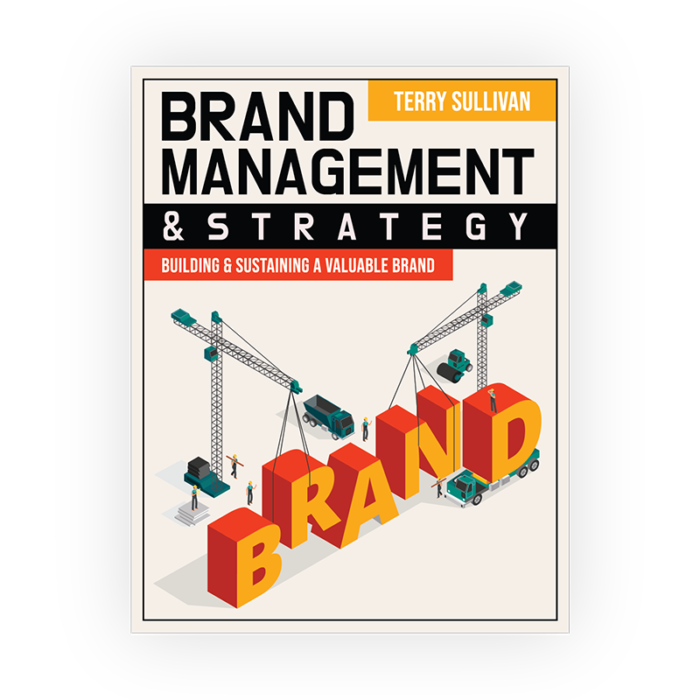
Chapter 1: Introduction
Chapter 2: Purpose
Chapter 3: Strategy
Chapter 4: Directing the Brand
Chapter 5:Receiving the Brand
Chapter 6: Identity and Elements
Chapter 7: Experience
Chapter 8: Communications
Chapter 9: Digital
Chapter 10: Value
Chapter 11: Innovation
Chapter 12: Brand Types
Chapter 13: Architecture
Chapter 14: Internal Brand
Chapter 15: Measurement and Performance
Chapter 16: Global
Chapter 17: Small Business vs. Big Company
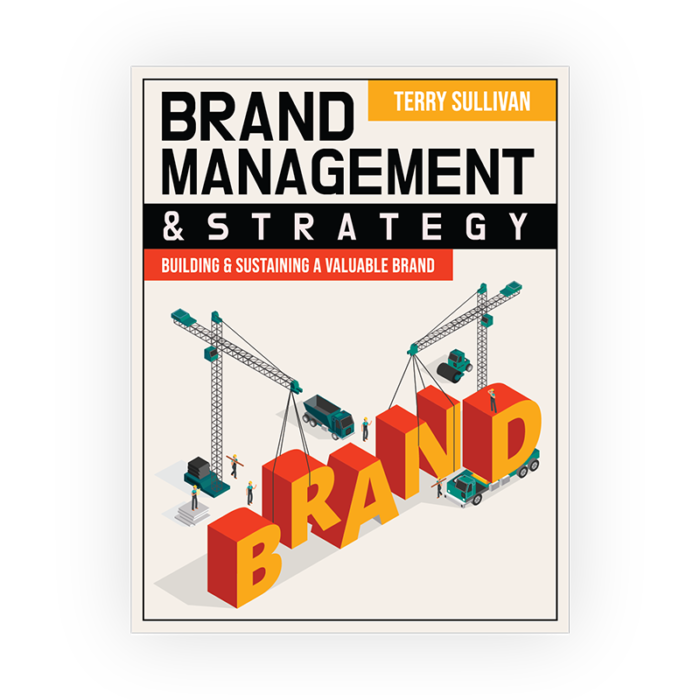
Courseware Table of Contents
Chapter 1: Introduction
Chapter 2: Purpose
Chapter 3: Strategy
Chapter 4: Directing the Brand
Chapter 5: Receiving the Brand
Chapter 6: Identity and Elements
Chapter 7: Experience
Chapter 8: Communications
Chapter 9: Digital
Chapter 10: Value
Chapter 11: Innovation
Chapter 12: Brand Types
Chapter 13: Architecture
Chapter 14: Internal Brand
Chapter 15: Measurement and Performance
Chapter 16: Global
Chapter 17: Small Business vs. Big Company
Brand Management Simternship
Key Learning Objectives
In this simulation, students will play the role of an assistant brand manager for Buhi Supply Co.

Defend and Uphold the Brand
Students will gain hands-on experience upholding public perception of a brand.
Brand Guide
Students will map the buyer's journey for the online and in-store experiences, then create a brand guide for marketing materials.
Collecting Insights
Students will be tasked with gaining insights from customers and using those insights to improve the brand.
Line Extension
Students will architect a line extension for the brand.
Adjusting the Brand
Students will see how changing price, positioning, and product impacts a brand's performance.
Co-branding
Students will select co-brand opportunities and manage the relationship(s).
Brand Management Simternship Roadmap
Round 1: Research Brand Improvements
Round 2: Reposition the Brand
Round 3: Communicate the Right Message and Refine the Media Mix
Round 4: Landing Page A/B Testing and Updated Media Mix
Round 5: Awareness of the Buyer's Journey and Online Customer Experience
Round 6: Consideration of the Buyer's Journey and In-store Customer Experience
Round 7: Architect a Line Extension
Round 8: New Competitor
Round 9: Co-branding for Brand Equity
Round 10: Co-branding for Audience
Round 11: Working with Co-branding
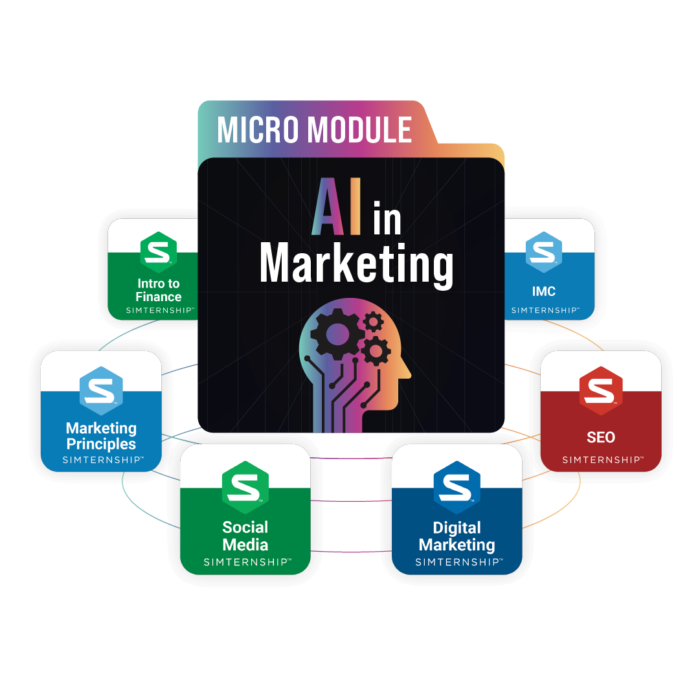
Feels built-in, not bolted on
Micro Module: AI in Marketing
Included for FREE with any Stukent Marketing Simternship or courseware!
The Micro Module: AI in Marketing is designed to complement any marketing course. Whether you’re teaching marketing principles, digital marketing, SEO, social media, or other topics, this module adds powerful, up-to-date AI activities to your curriculum.
Round 1: Research Brand Improvements
Round 2: Reposition the Brand
Round 3: Communicate the Right Message and Refine the Media Mix
Round 4: Landing Page A/B Testing and Updated Media Mix
Round 5: Awareness of the Buyer’s Journey and Online Customer Experience
Round 6: Consideration of the Buyer’s Journey and In-store Customer Experience
Round 7: Architect a Line Extension
Round 8: New Competitor
Round 9: Co-branding for Brand Equity
Round 10: Co-branding for Audience
Round 11: Working with Co-branding
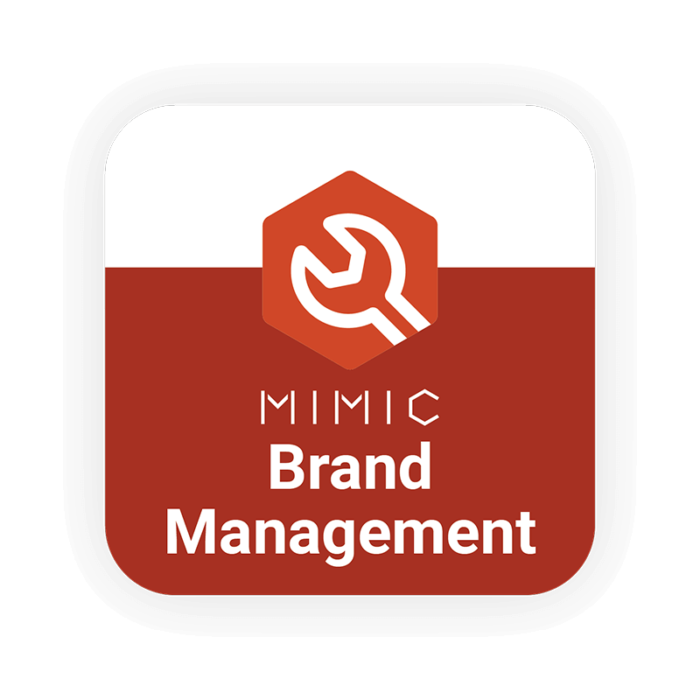
Defend and Uphold the Brand: Students will gain hands-on experience upholding public perception of a brand.
Collecting Insights: Students will be tasked with gaining insights from customers and using those insights to improve the brand.
Adjusting the Brand: Students will see how changing price, positioning, and product impacts a brand’s performance.
Brand Guide: Students will map the buyer’s journey for the online and in-store experiences, then create a brand guide for marketing materials.
Line Extension: Students will architect a line extension for the brand.
Co-branding: Students will select co-brand opportunities and manage the relationship(s).
The Most Up-to-date Brand Management Courseware
Updated every year based on instructor and student feedback.
Includes many resources that help you teach a more engaging course.
Backed by the best customer support team.
About the Author

Terry Sullivan
Terry Sullivan has more than 30 years of experience as a corporate executive, entrepreneur, consultant, and professor. In addition to several start-ups including a successful exit of his first company, Terry has worked for a variety of small and large companies and is the Founder and President of Strategic Glue, a marketing consultancy in St. Louis, Missouri. As an Assistant Professor and Adjunct Professor in the School of Communications and the School of Business at Webster University (also in St. Louis, Missouri), Terry has 14 years of higher education experience and is the author of two Stukent courseware titles, Marketing Management Today and Brand Management & Strategy: Building & Sustaining a Valuable Brand. Terry studied English and management as an undergrad and has a master’s degree in International Business from Saint Louis University. Terry is married with two sons and enjoys songwriting, guitar playing, movies, reading, exercising, and occasional skateboarding.
Hands-on Learning without the Hassle
Stukent Simternships integrate with your favorite LMS platforms
Single Sign-on
Grade Book Syncing
Deep Linking
Rostering


